Chances are you’re here because you’re considering signing up to Young Living and dipping your toe into the world of essential oils and network marketing.
It sounds great – who wouldn’t want to make some extra cash, while discovering some great new products at the same time?
However, you’re a little hesitant.
Maybe you think that everything sounds too good to be true, or you’ve heard people saying things like ‘Young Living is a pyramid scheme!’ and ‘Young Living is a scam!’ and you want to figure out whether Young Living is legit before diving in headfirst.
In this article, we are going to dive into the Young Living opportunity and find out what’s really involved in the job, and whether Young Living is legit or just another pyramid scheme in disguise.
Is Young Living a Pyramid Scheme or a Legit Business Opportunity?
The Basics
What is MLM?
In case you were wondering, Young Living is an MLM company.
MLM stands for multi-level marketing, and MLM companies are also referred to as network marketing companies or social selling companies.
MLMs have been around for years, and popular MLMs include Arbonne, Monat, Nu Skin, and even Avon!
You don’t receive a salary in a multi-level marketing company.
Instead, you earn money from selling products to people you know and recruiting others into the business.
When you recruit a new person and that person begins earning money, you will earn commission from the sales and recruits generated by THAT person.
This continues down in multiple levels (hence multi-level).
Imagine a triangle.
If the person at the very top of the triangle recruits 10 people, and every one of those 10 people recruit another 10 people, and each one of those people recruit another 10 people, you’ll be making commissions from EVERYBODY within the triangle because they’re all in your direct downline (the people underneath you in an MLM are referred to as your ‘downline’ and you’re their ‘upline’).
All you had to do was recruit 10 people and you make money from 1100.
While MLM companies like Young Living also give you the chance to make money from selling their supplements and other wellness products, most of the people in MLM companies like this prefer to recruit others because they stand to make a lifelong passive income from that person, whereas if they sell a product they’re just going to receive a one-off commission.
The ultimate aim of somebody in an MLM then, is to have as many people in their ‘downline’ as possible, enabling them to form large amounts of passive income for little work.
What is Young Living?
Young Living was founded in 1993 by Donald Gary Young (who went by his middle name) in Utah.
It sells essential oils, diffusers, and products infused with essential oils, such as makeup, dental products, and food supplements, and is the biggest rival of the doTERRA essential oils MLM (doTERRA was actually founded by the former COO of Young Living, and the two companies have been embroiled in numerous bitter lawsuits over the years).
It all began when Gary Young suffered a back injury in the 1970s, and developed an interest in alternative medicine and essential oils.
He ended up purchasing two farms, and in 1993, Young Living was born.
Since 2015, Young’s third wife, Mary Young, has been CEO of the business, with Gary Young passing away in 2018.
Although Young Living is based in Utah, they have a global presence, with offices in Canada, Australia, Europe, Japan, and Singapore, as well as farms all around the world.

The dark side of Gary Young – Gary Young controversies
I don’t usually talk too much about the people behind the businesses I investigate because I prefer to focus on the ‘opportunity’ itself and whether it is a legitimate one.
However, during my research for this article, I found so many red flags about the man behind the MLM, Donald Gary Young, that I couldn’t not include this stuff.
While I believe that ALL people who create MLM companies are scam artists, Gary Young took it to the next level, and was a hugely controversial figure before Young Living even existed.
First, there was the death of his baby daughter in 1982.
At the behest of Young, his then-wife Donna Jean attempted to give birth to the couple’s baby in a whirlpool bath, located in Young’s ‘health club’ in Spokane.
As a result of Young’s botched delivery, the child died shortly after birth due to a lack of oxygen, and the coroner asserted that the child had been born healthy and would have survived if she had been delivered in a hospital.
In his health centre, Young had been claiming that he could detect (and treat) cancer and deliver babies, and after a police investigation. Gary eventually pleaded guilty to practicing medicine without a license.
Unable to continue practicing in Washington, he moved his clinic to Tijuana, Mexico, where he claimed that he could cure cancer for $10,000, and had a 90% cure rate for lupus.
He founded the Young Living Wellness Centre in California, which was shut down after he was found to be selling unapproved medical devices and drugs, as well as claiming to be able to treat cancer.
I want to make it very clear at this point that Gary Young was not a doctor, and had no formally recognised qualifications in the healthcare field.
After this clinic was closed down, Young opened the Young Life Research Clinic in Utah, which faced numerous lawsuits (surprise, surprise).
These included:
- Having an employee practicing medicine without a license
- Employing a pediatrician whose medical license had previously been suspended by the state medical board following a manslaughter conviction in connection with the improper treatment and death of a cancer patient under his care.
- A patient who claimed that they were given infusions of vitamin C that caused near-fatal kidney failure
Sticking to his tried and tested script, Young closed down the practice and reopened a new clinic in Ecuador where he practiced medicine and performed surgery.
You can read more about Gary Young here.
Young Living controversies and lawsuits
With a man like Gary Young heading the company, it’s unsurprising that Young Living has had its fair share of controversies and lawsuits over the years.
If we went into every single one of these, we’d be here all day, but I’ll try and give an overview.
First, Young Living has frequently come under fire for its Distributors making false or misleading health claims about the products.
These false claims include stating that Young Living products can cure, treat, and prevent cancer (sound familiar?), allergies, depression, anxiety, and even ebola.
In 2014, Young Living was warned by the FDA about its marketing practices. The FDA had identified numerous instances of Young Living Distributors making absurd health claims about Young Living products.
Fast-forward to 2020, the National Advertising Division of the Better Business Bureau recommended Young Living stop claiming that its products are ‘therapeutic grade,’ as it did not have the necessary scientific support to back such claims.
During the pandemic, Young Living Distributors also claimed that their essential oils could prevent and cure COVID.
In 2022, the FDA issued another warning letter to Young Living for illegally marketing several of their products, without them having undergone ‘adequate and well-controlled clinical studies in the published literature that support a determination that any of these products are generally recognised as safe and effective for use under the conditions prescribed, recommended or suggested in their labeling.’
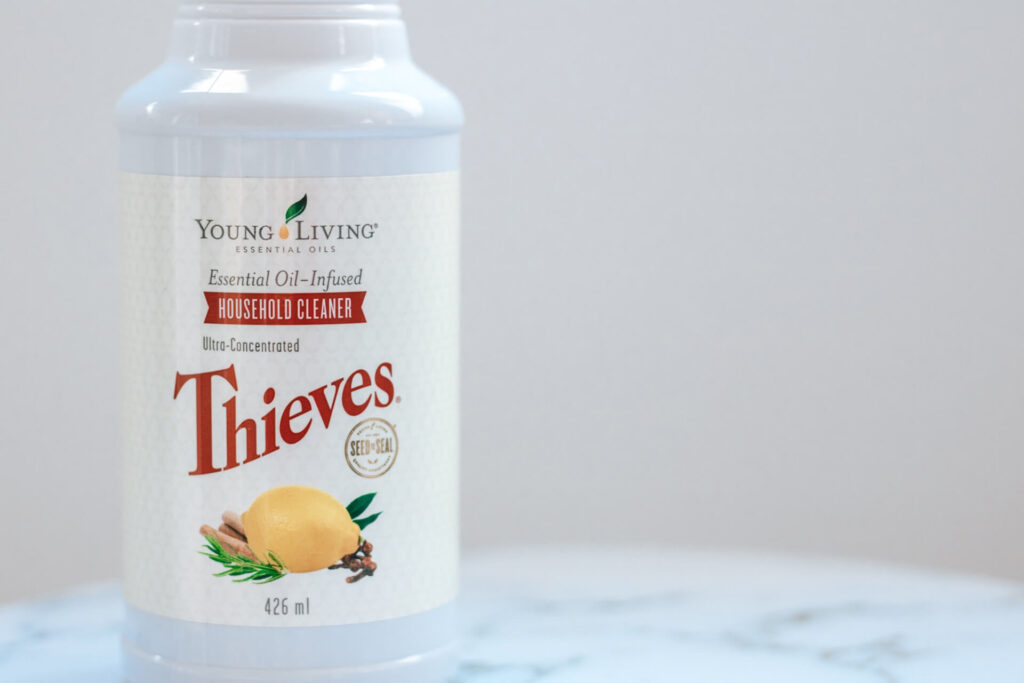
Inside the Young Living MLM Opportunity
How do Young Living Distributors make money?
In order to find out how to make money with Young Living, I took a look at the Young Living compensation plan.
Here are some of the ways to make money with Young Living:
- Retail Earnings: When somebody buys a product from you at the retail price, you will make a 24% profit on the wholesale price you paid for it.
- Starter Kit Bonus: If one of your new recruits purchases a Premium Starter Kit ($165 – $280) within their first month, you will receive $25.
- Fast Start Bonus: You will receive a 50% commission on everything your new recruit purchases from Young Living during their first month, and 25% in their second and third months. You will earn 10% commissions on what recruits two levels below you purchase (so the people that your recruit recruits).
The rest of the money is made through commissions generated by your ‘OGV’ (Organisation Group Volume).
You receive commissions when people in your downline:
- Recruit people into their downlines
- Purchase Young Living products
It gets pretty complicated, but essentially, for every $100 that people in your team spend, your ‘group volume’ will increase by around 100 PV (Product Value).
PV are essentially ‘points’ that directly correlate with how much money people in your team are spending on Young Living products.
The more they spend, the more points you get as a team.
If you have a lot of points, you will all take home a small percentage of what this value is deemed to be.
That percentage is determined by where you rank in the company.
In order to qualify for any commission at all, you MUST have 100 PV each month, meaning you must spend about $100 per month on Young Living products in order to be eligible for commission on any products that you sell.
If you want to try and make sense of the Young Living Compensation Plan yourself, you can try and decipher it here.
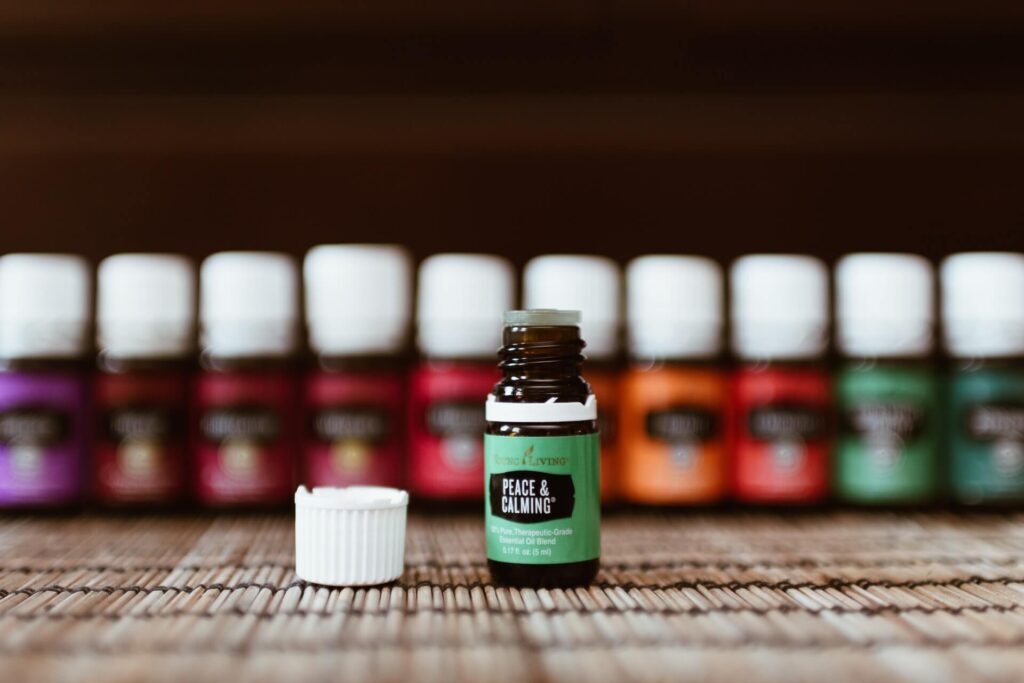
How much can you make selling Young Living?
In order to see how much money Young Living distributors are making, it is necessary to see their Income Disclosure Statement.
An Income Disclosure Statement is a document that allows us to see exactly how many people are earning money with an MLM company, and how much of it they’re making.
I took a look at their US Income Disclosure Statement from 2022 to see what I could learn.
Interestingly, Young Living reveal both the mean and median averages for their distributors, which I was pretty impressed with. Most MLM companies only reveal the mean average, which can really skew the results.
For example, if one person earned a LOT of money in 2022, the mean ‘average’ of everyone’s earnings would be much higher, because the anomalous result would have pulled the ‘average’ up.
A median average is more accurate in MLM income disclosures because it ignores the extremes of each end, and focuses on the middle number, ie what most people in the company are actually earning.
To be as accurate as possible then, I will be looking at the MEDIAN earning averages for this post.
I discovered the following:
- 89% of Young Living distributors earned an average of $0.
- 7.6% of Young Living distributors earned an average of $206
- 2.1% earned an average of $1,278
- 0.9% earned an average of $3,671
- 0.3% earned an average of $13,007
This adds up to 99.6% of people in the company, meaning that 99.6% of Young Living distributors are earning less than the federal minimum wage ($15,000), and the VAST majority of them are earning ZERO.
That’s right.
89% of Young Living distributors made absolutely NO money in 2022.
Only 0.4% of Young Living distributors are making above the minimum wage, which actually makes Young Living one of the worst MLMs I’ve ever covered.
To put that into perspective, in my last MLM analysis article, I discovered that 2.3% of Shaklee Distributors made more than $50,000 in 2022.
My article discusses what terrible odds you have of making money with Shaklee, but Young Living is far, far worse!
How much does it cost to join Young Living and be a Young Living distributor?
Remember how most people in Young Living aren’t making any money?
Unfortunately, due to the costs associated with joining and remaining in Young Living, the sad facts are that those people are actually losing money.
To join Young Living, you must purchase a Starter Bundle. The cheapest Starter Bundle I could find on their website was $112, and the most expensive one was $280.
You must then add a Business Essentials Kit, which bizarrely costs $1 (what’s the point?!).
And that’s not all.
In order to qualify for commissions, you will need to spend $100 on Young Living products every month, totalling $1200 per year.
$1200 + $113 (cheapest Starter Bundle) = $1,313
Remember – 98.7% of Young Living distributors earn less than $1,313 per year, meaning 98.7% of people in Young Living are (allegedly) losing money.
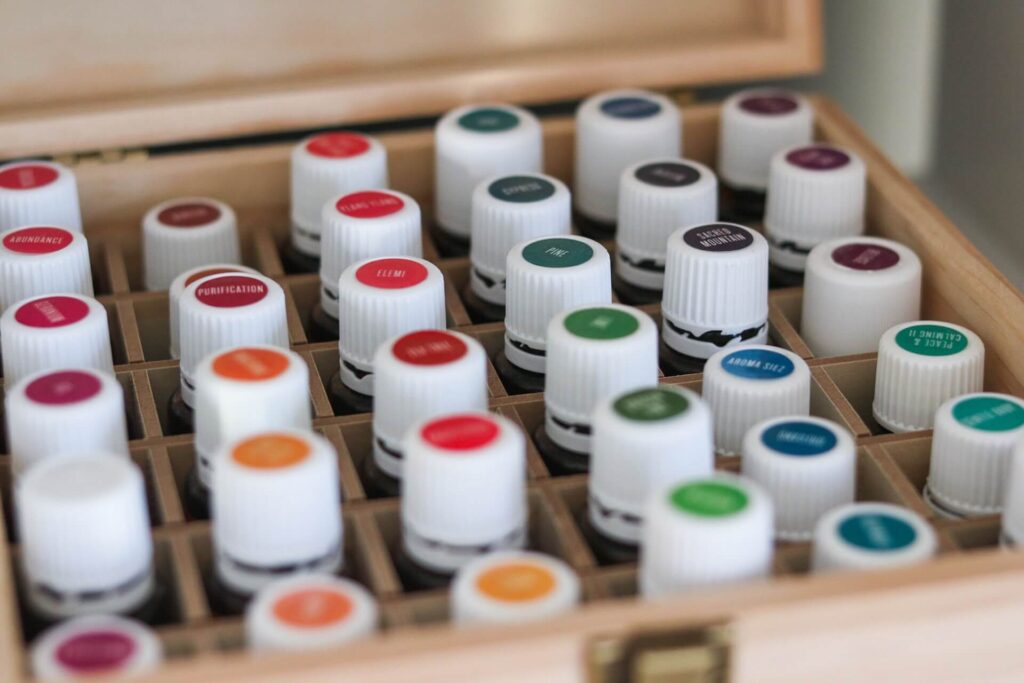
Is Young Living a pyramid scheme?
In order to see whether Young Living is a pyramid scheme in disguise, we must first outline what a pyramid scheme is.
What is a pyramid scheme?
Pyramid schemes are very similar to MLMs, but the main difference is that MLM distributors are supposed to make more of their money from product sales rather than recruitment.
A traditional pyramid scheme takes an initial investment from each member and promises to pay them for enroling others into the scheme, meaning that people are buying into an ‘opportunity’ to get rich.
However, as members increase, recruiting quickly becomes impossible and so most members are unable to profit or even make their initial investment back.
The Wikipedia diagram below illustrates just how unsustainable this business model is – after 13 levels of recruitment, the scheme would have recruited everybody in the world and there would be no-one left to recruit!
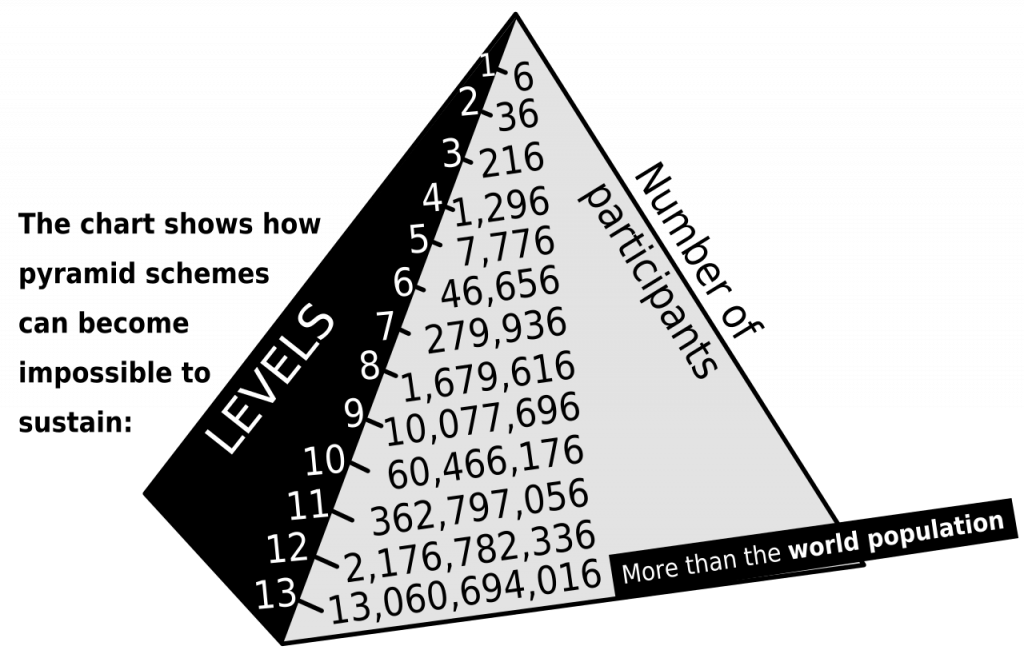
Because it’s impossible for most people to make any money in a pyramid scheme, pyramid schemes are illegal.
However, most pyramid schemes have got wise to the fact that they have to offer a product in order to appear legit, but even though a business may have products, the focus will always be on recruitment rather than product sales.
Because there are so many of these ‘pyramid schemes with products,’ around, the FTC hasn’t quite caught up yet, and so many people believe that just because a company hasn’t been shut down yet, it can’t possibly be a pyramid scheme, which simply isn’t true.
In order to see whether Young Living is a pyramid scheme, we must attempt to answer 3 questions:
1. Are most people unable to profit?
According to my calculations, 98.7% of people in Young Living are losing money, and only 0.4% of them earn above the federal minimum wage.
MLM numbers are always bleak, but Young Living is one of the worst I’ve ever come across in this regard.
2. Do you have to ‘pay to play?’
Yes.
Not only is there a hefty sign-up fee for Young Living, but you must also buy over $100 worth of Young Living products every month just to be eligible for commissions!
Of course, you could technically sell those products on at a marked-up price to make your money back, but there’s no guarantee that you’ll be able to do that, and if the income disclosure statement is anything to go by, people are making very little money from retail sales.
3. Is there a heavy focus on recruitment?
Young Living has a very aggressive approach to recruiting, and the only way to make real money in the company is by having a large downline beneath you.
Like all MLMs, the only money to be made is from recruiting others into the scheme and profiting off the money that they sink into it.
Is Young Living a Pyramid Scheme? | Final Thoughts
Most MLMs closely resemble pyramid schemes and Young Living is no different.
With a huge emphasis on recruitment, a ‘pay to play’ model and the fact that barely anyone in the company is making money, Young Living certainly appears to be functioning like a pyramid scheme.
If it wasn’t already clear, Not Your Boss Babe does not recommend joining Young Living, or any other MLM!
An alternative to Young Living
If you’re looking for a side hustle or a work from home job, you may find these articles helpful:
Advantages and Disadvantages of Blogging
Easy Freelance Jobs for Beginners
Best Side Hustles for Single Moms
How to Sell Feet Pics Online
Secrets to Selling on Poshmark
Profitable Digital Products to Sell on Etsy
How to Become a Micro Influencer
That’s about it for today, but as always, if you have any questions then don’t hesitate to leave them in the comments section below and I will get back to you!
Until next time,
XOXO
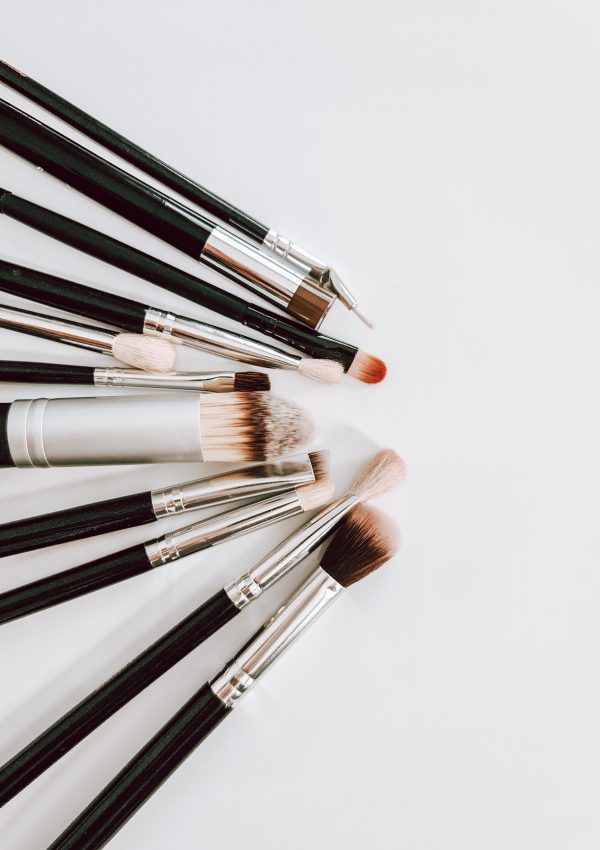
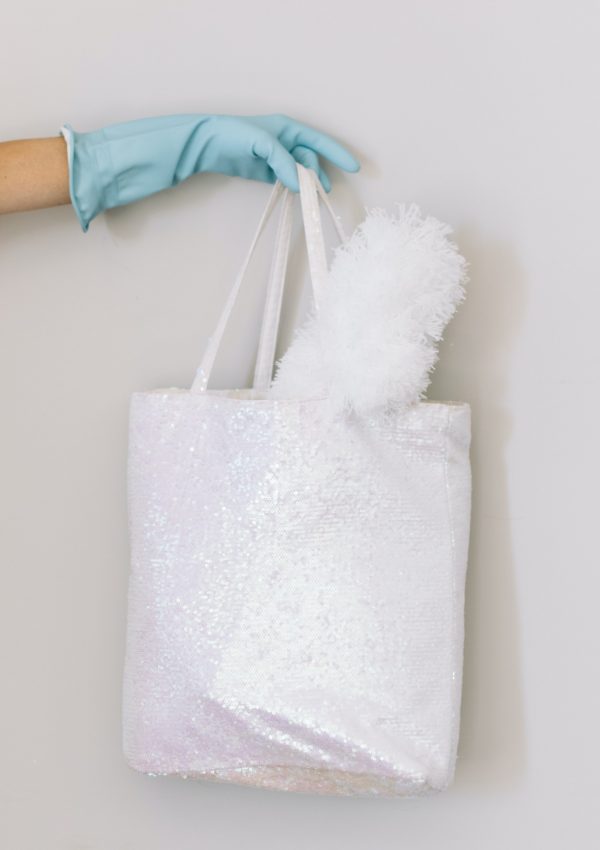



Leave a Reply